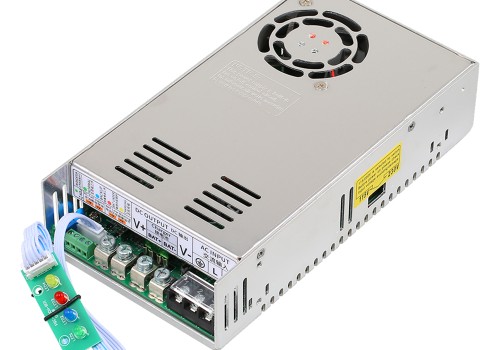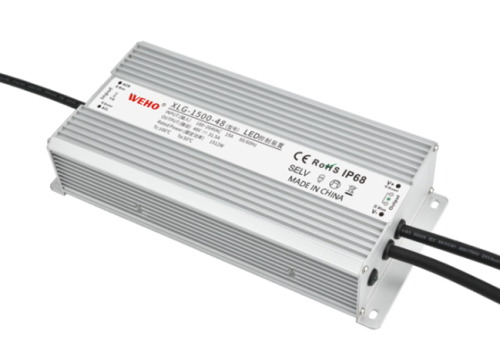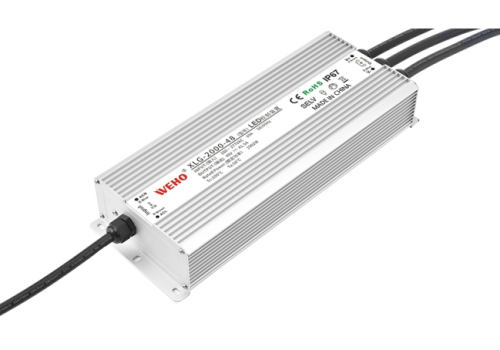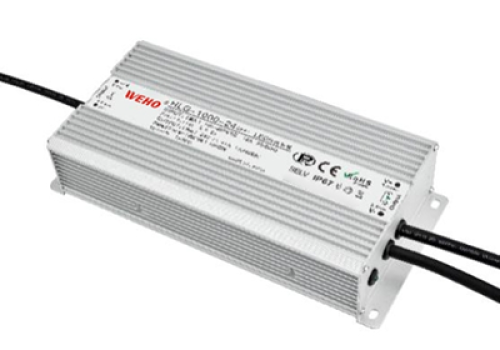Introduction
LED drivers are the core components of modern lighting systems, providing stable power to LEDs and enabling advanced functions like dimming. As technology advances, LED drivers are becoming key interfaces connecting lighting systems with intelligent control. This article explores the development trends and innovative applications of LED driver technology.
Current State of LED Driver Technology
Current LED driver technology is quite mature, with most products supporting basic dimming functions and achieving efficiency rates over 90%. The market offers various options from simple constant-current drivers to programmable models, with outdoor applications typically featuring IP66/IP67 protection ratings.
However, existing technology still has room for improvement in interoperability and system integration, as many drivers have not yet fully realized their energy-saving potential.
Key Trends Shaping the Future
Smart and IoT-Enabled LED Drivers
IoT integration enables remote monitoring and control of LED drivers. Modern smart drivers incorporate wireless modules like Wi-Fi and Bluetooth, along with environmental sensors that automatically adjust lighting scenes. These systems use dynamic energy-saving technology, improving efficiency by approximately 35% compared to traditional solutions.
Enhanced Energy Efficiency Standards
Stringent global energy regulations are driving LED drivers toward higher efficiency. New topologies such as LLC resonant half-bridge with PFC maintain over 90% efficiency even at low power levels. Innovative energy-saving technologies like automatic sleep mode significantly reduce standby power consumption.
Advanced Programmability and Customization
Programmable LED drivers offer unprecedented lighting control precision. The Chinese market is expected to reach 3.6 billion units of programmable drivers by 2025, with an annual growth rate of about 34.5%, reflecting growing demand for customized lighting solutions across industries.
Universal Dimmable Driver Solutions
New-generation dimming drivers support multiple protocols, solving compatibility issues. PWM dimming technology can achieve dimming ratios as high as 5000:1 while maintaining color consistency. Adaptive dimming functions automatically optimize lighting based on natural light and occupancy.
Innovations in Advanced LED Driver Technology
Integration with Lighting Control Systems
Modern drivers are becoming the core of lighting control systems, seamlessly collaborating with sensors and building management systems. These systems can integrate radar sensing and fall detection functions, providing additional value in scenarios like elderly care.
Sustainable and Eco-Friendly Driver Designs
Sustainable development has become a design focus, with manufacturers increasingly using recyclable materials. Energy storage innovations such as “valley electricity storage street lights” store power during low-rate periods for use during peak hours, saving costs and balancing grid load.
Rise of High-Efficiency Topologies
New power topologies significantly improve energy efficiency. High-voltage DC/DC Buck architectures provide wide input voltage range and precise constant current control; LLC resonant half-bridge with PFC topology offers simple, low-cost solutions; PFC and PWM combination forms new-generation AC/DC driver ICs.
Applications of Next-Generation LED Drivers
Smart Homes and Buildings
In residential applications, advanced drivers support personalized lighting scenes and integrate with smart home devices. Age-appropriate lighting solutions provide customized light environments for the elderly, integrating bed-exit sensing and safety monitoring functions.
Commercial and Industrial Spaces
Commercial applications benefit from centralized management and energy optimization features. The IoT capabilities of smart drivers enable unified monitoring of large commercial complexes and road lighting through cloud platforms. AI algorithms achieve dynamic dimming and color adjustment.
Horticultural and Specialized Lighting
Specialized applications like plant cultivation require precise spectral and intensity control. Smart drivers automatically adjust light parameters according to growth stages, optimizing plant growth environments.
Choosing a Future-Proof LED Driver
Key Features to Look For
Selection considerations include: protocol support (DALI-2, Zigbee, etc.), wireless connectivity, high efficiency ratings (90%+), smooth dimming performance, flexible programming options, safety certifications, and effective thermal management.
Conclusion
LED drivers are transforming from simple power supplies to intelligent lighting management systems, continuously advancing in efficiency, personalization, and system integration. The convergence of IoT, programmability, and sustainable design will continue to drive industry development.
WEHO is committed to LED driver innovation, developing advanced solutions that integrate smart control, high efficiency, and connectivity. Our products are designed for the future, ensuring your lighting systems remain cutting-edge as technology evolves.
FAQ
What is a smart LED driver?
An LED driver with wireless connectivity (e.g., Wi-Fi/Bluetooth) that can connect to IoT systems for remote monitoring and automated control.
How do dimmable LED drivers save energy?
They reduce energy consumption by lowering output power. Smart dimming can also integrate with sensors to automatically dim lights when spaces are unoccupied or sufficient daylight is present, saving additional energy.
Are programmable LED drivers difficult to use?
Not particularly. Most manufacturers offer user-friendly software or apps, allowing easy configuration of common functions through graphical interfaces or preset templates, without needing expert programming knowledge.









